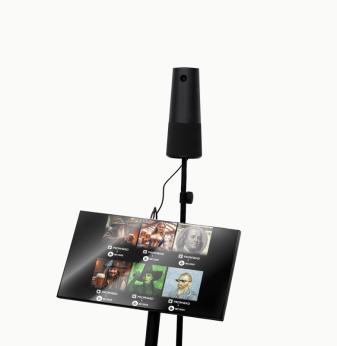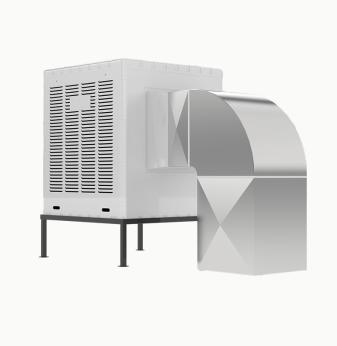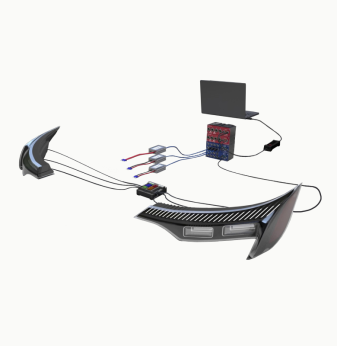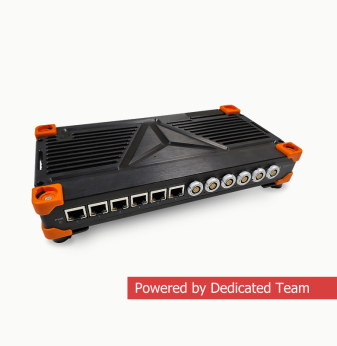Modular Hardware Architecture: Scaling Electronics Development Across Product Lines
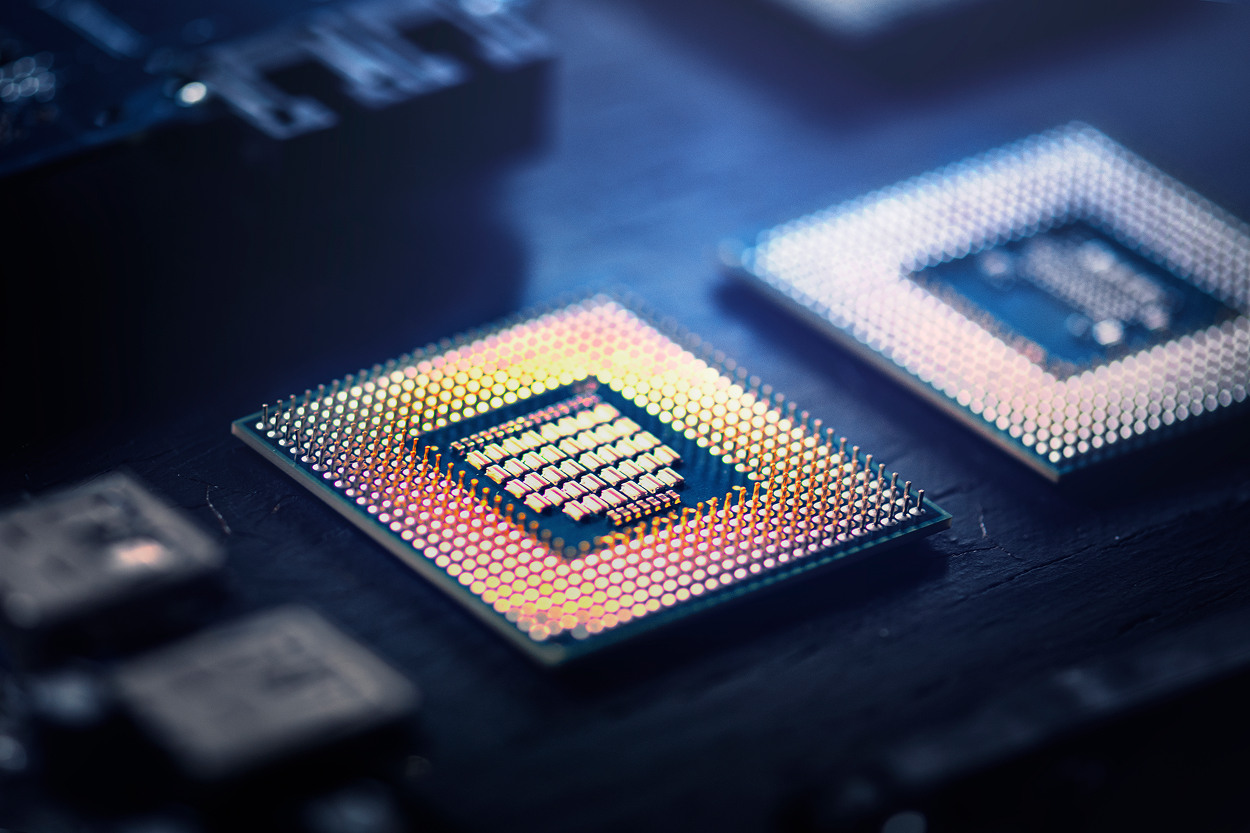
As demand for faster product rollouts and diversified device portfolios grows, tech companies face pressure to optimize their electronics development processes. One of the most effective strategies is the implementation of modular hardware architecture — a flexible and reusable approach that allows engineering teams to scale across multiple product lines without starting from scratch every time.
This article explores what modular hardware means in practice, how it applies to embedded systems development, and why it is becoming a foundation for hardware scalability in 2025.
What is modular hardware architecture?
Modular hardware architecture refers to the design of electronic systems in reusable, interchangeable blocks or modules. Each module is functionally independent, has a well-defined interface, and can be reused across various end products.
Typical examples include:
- System-on-Module (SoM) + carrier board combinations
- MCU or FPGA core boards with swappable IO or power boards
- Plug-in wireless, camera, or sensor modules
- Power or battery modules shared across form factors
This concept is widely adopted in industries such as industrial automation, automotive electronics, telecom equipment, and medical devices.
Why modularity matters in 2025
Several trends are driving the adoption of modularity:
Shorter time-to-market cycles
Product refresh rates are shrinking. Companies must release new devices yearly — or even quarterly — without rebuilding their hardware from zero.
Shared platform strategy
OEMs aim to unify multiple SKUs or product families around a common hardware base, reducing design overhead and validation costs.
Specialization of hardware teams
Modular systems allow parallel development across specialized teams: one team focuses on power, another on RF, a third on sensors or connectivity.
Resilience to supply chain volatility
Swappable modules provide an alternative if one component becomes unavailable, helping mitigate procurement delays.
Hardware–software separation
Modular architecture supports decoupling firmware from hardware layers, allowing reuse of drivers and middleware across configurations.
Architectural layers of modular electronics
A well-structured modular system typically includes the following layers:
- Core processing module
SoC, FPGA, or MCU module with processing power and memory. - Interface layer
I/O expansion, ADCs, DACs, USB, Ethernet, CAN, PCIe, or LVDS. - Power management module
Swappable power supplies, PMICs, or battery management systems (BMS). - Application-specific daughterboards
Sensors, display drivers, RF modules, or motor drivers tailored to use case. - Mechanical enclosures with standardized dimensions
Designed to accommodate various combinations without redesign.
Using standardized interconnects like MXM, SO-DIMM, or custom high-speed connectors is a common practice.
Use cases for modular hardware design
- Industrial control systems
Build a family of control units with identical core boards but different I/O modules based on application: HVAC, PLCs, smart grid nodes. - Telecom equipment
Design one core board for OpenWRT or O-RAN support, then expand it via SFP modules, PON optics, or TSN-enabled network switches. - EV charging infrastructure
Shared control and security boards across AC, DC, or wireless chargers, while varying power modules or OCPP stack integration. - Medical devices
ECG, glucose monitoring, or baby health trackers can reuse mainboards and casing while swapping sensor blocks or displays. - Consumer devices
Wearables and smart home products can be quickly rebranded or localized by adjusting peripheral modules.
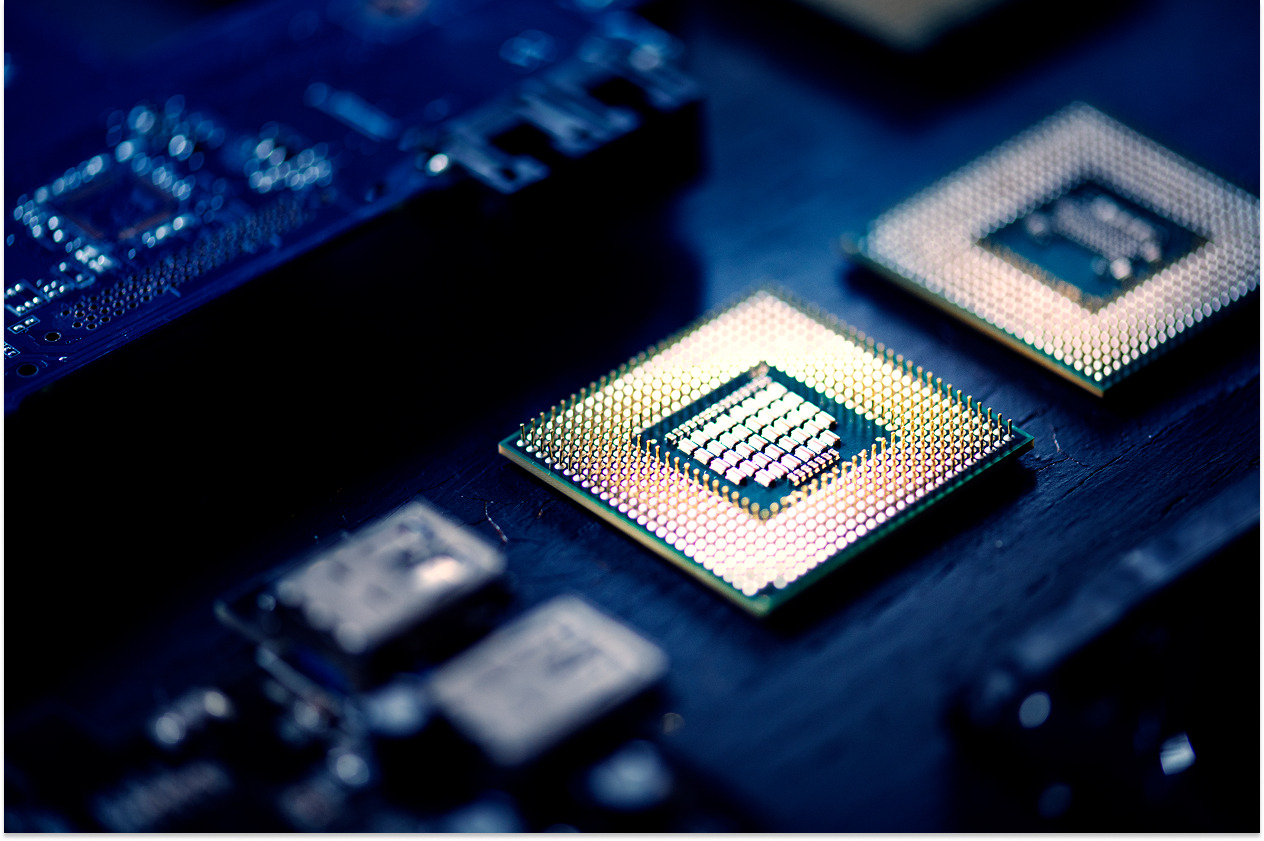
Benefits of modular hardware design
- Faster prototyping
Use off-the-shelf or in-house standard modules to validate ideas quickly. - Cost reduction
Lower NRE costs through reuse of verified blocks, firmware, and test procedures. - Design parallelization
Enables concurrent development of modules by distributed teams. - Maintenance and serviceability
Easier field repairs and upgrades without replacing the full device. - Regulatory reuse
Once-certified modules can reduce the scope of re-certification for new SKUs.
Engineering challenges and solutions
While modularity offers significant benefits, it also brings specific engineering challenges:
Signal integrity and high-speed design
Using modular connectors for high-speed interfaces (USB 3.1, HDMI, PCIe) requires careful impedance matching, simulation, and shielding.
Power path management
Swappable modules can introduce voltage mismatches. A well-designed PMIC and hot-swap protection circuit are critical.
Thermal management
Modular enclosures may constrain airflow. Simulation and optimized heat sinks are essential.
Firmware abstraction
Developing a HAL (Hardware Abstraction Layer) helps isolate firmware logic from hardware dependencies.
Promwad addresses these challenges through simulation-driven design, modular BOM management, and firmware auto-detection of modules.
How Promwad supports modular hardware development
At Promwad, we help companies:
- Design and validate modular embedded platforms
- Develop SoM + carrier board systems for reuse
- Simulate signal integrity and thermal performance for modular stacks
- Build hardware abstraction layers for scalable firmware development
- Integrate FPGA, AI, connectivity, and power modules into unified platforms
- Create enclosure designs that support interchangeable electronics
Whether you're building a product line from scratch or scaling an existing platform, our experts ensure your modular hardware strategy aligns with your business and technical goals.
Conclusion
Modular hardware architecture is no longer just an advanced option — it's a necessity for scalable electronics development in 2025. It enables faster prototyping, more efficient manufacturing, easier upgrades, and lower engineering overhead.
Companies that adopt modularity now will gain a significant edge in time-to-market, cost, and future-proofing.
Need help architecting a modular platform for your next device family? Let’s talk. Promwad is ready to help you build flexible, robust, and scalable hardware systems tailored to your roadmap.
Our Case Studies in Hardware Design

